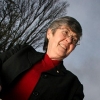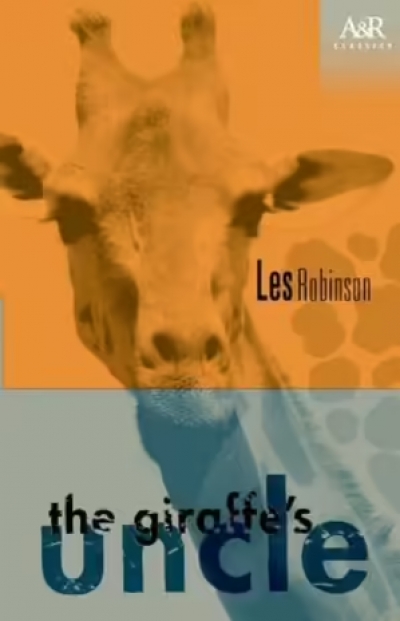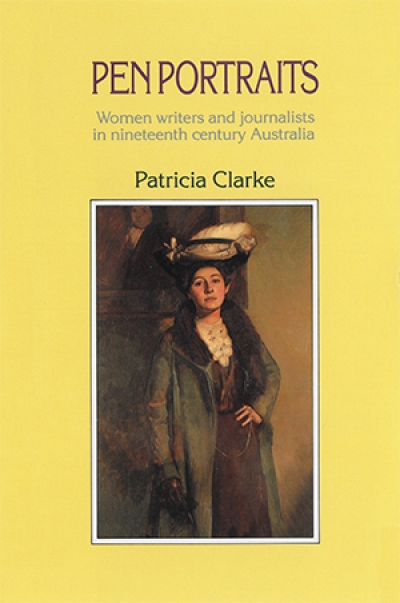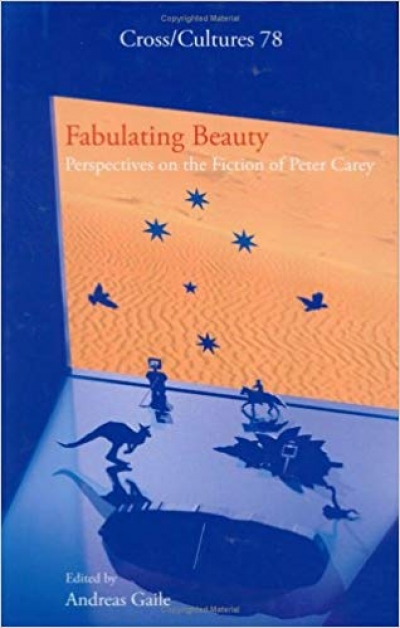Elizabeth Webby

Elizabeth Webby AM FAHA, was Professor of Australian Literature at the University of Sydney from 1990 until her retirement in March 2007. Her publications include Early Australian Poetry (1982), Colonial Voices (1989), Modern Australian Plays (1990), The Cambridge Companion to Australian Literature (2000) and, as joint editor, Happy Endings (1987), Goodbye to Romance (1989), The Penguin Book of Australian Ballads (1993), Australian Feminism: A Companion (1998), and the Academy Edition of Rolf Boldrewood’s Robbery Under Arms (2006). She was a contributing editor, responsible for the 19th century material, for the PEN Macquarie Anthology of Australian Literature (2009).
A few weeks ago, I attended the session on ‘What is an Australian Classic?’ during the Sydney Writers’ Festival. My own definition of what makes a classic is a simple one: a book from the past that retains significance, that still entertains and enlightens us, even though we may respond to it in quite different ways from its initial readers. In some cases, of course, classics were not so hig ... (read more)
About ten years ago, I was asked to give a talk to a Sydney group of Australian writers. (Actually, they asked Leonie Kramer, but she was busy.) I decided to talk on ‘Some unknown Australian women writers of the nineteenth century’ in ‘the hope of interesting some of them in researching the lives and careers of their predecessors.
... (read more)
In the last essay in this collection, Robert Macfarlane touches on the main reasons why Peter Carey’s novels ‘have proved so very attractive to academic exegetes’, in their combination of the postmodern and the postcolonial. Just how attractive is demonstrated in the sixty-page bibliography, which is sure to be one of the most used parts of Fabulating Beauty, especially by overseas readers w ... (read more)



